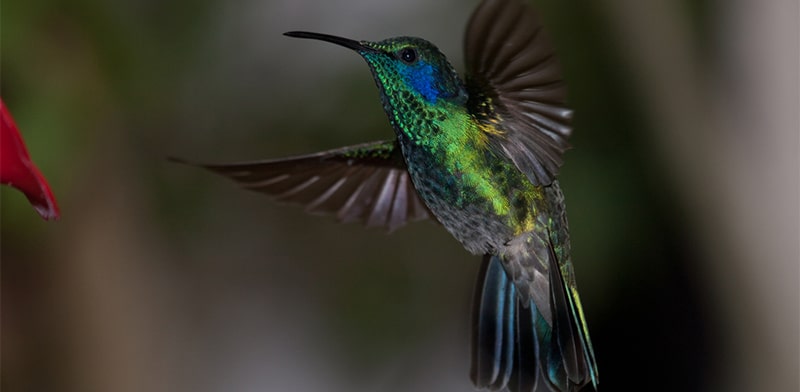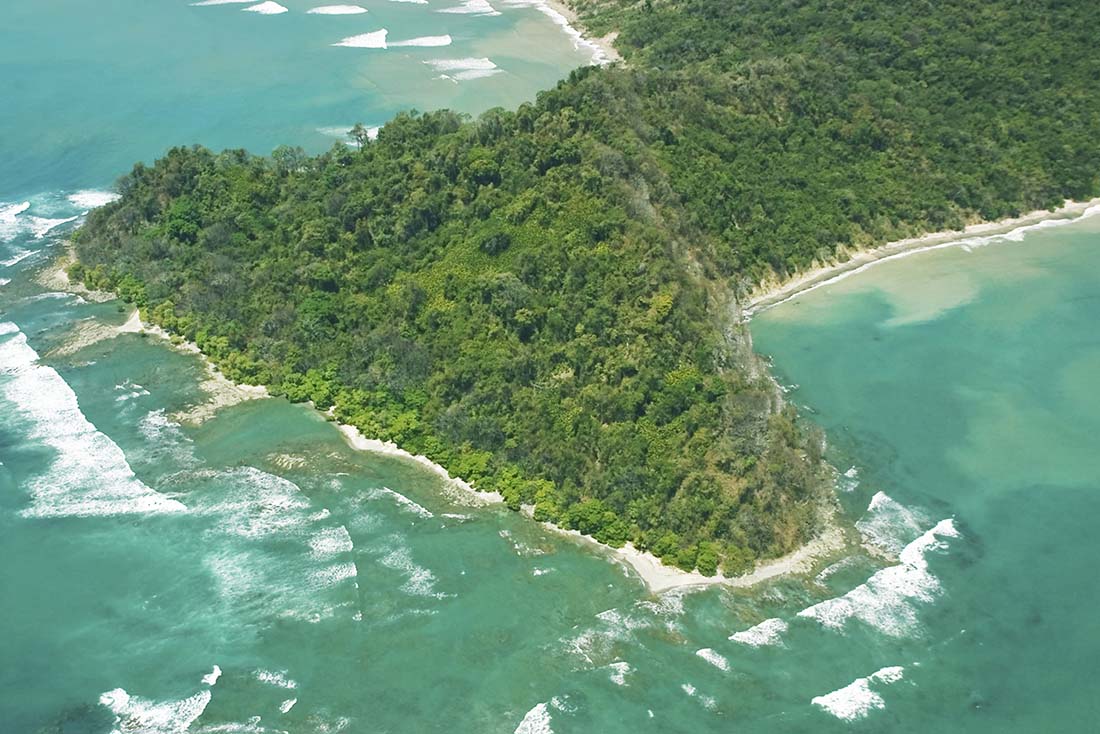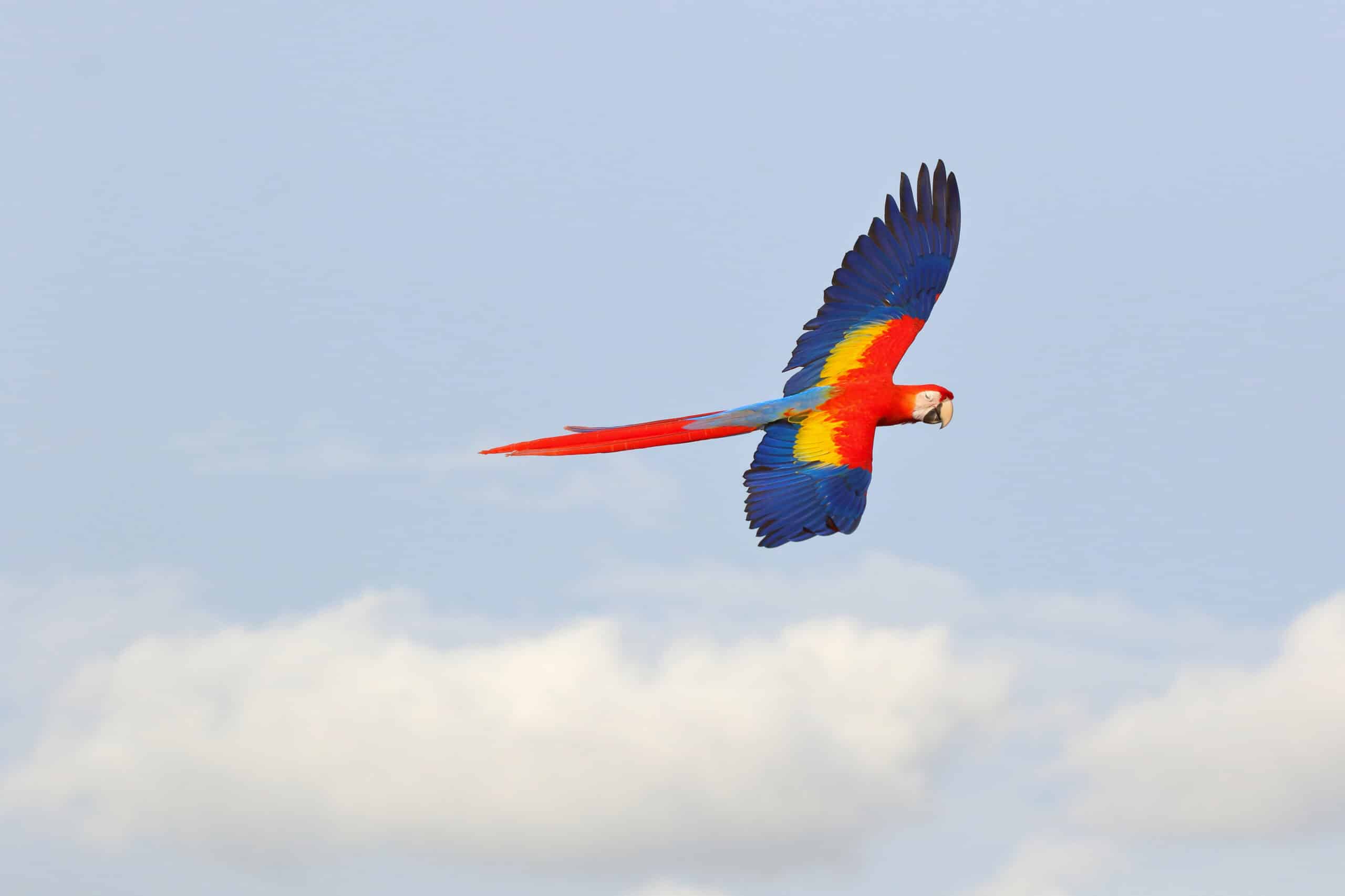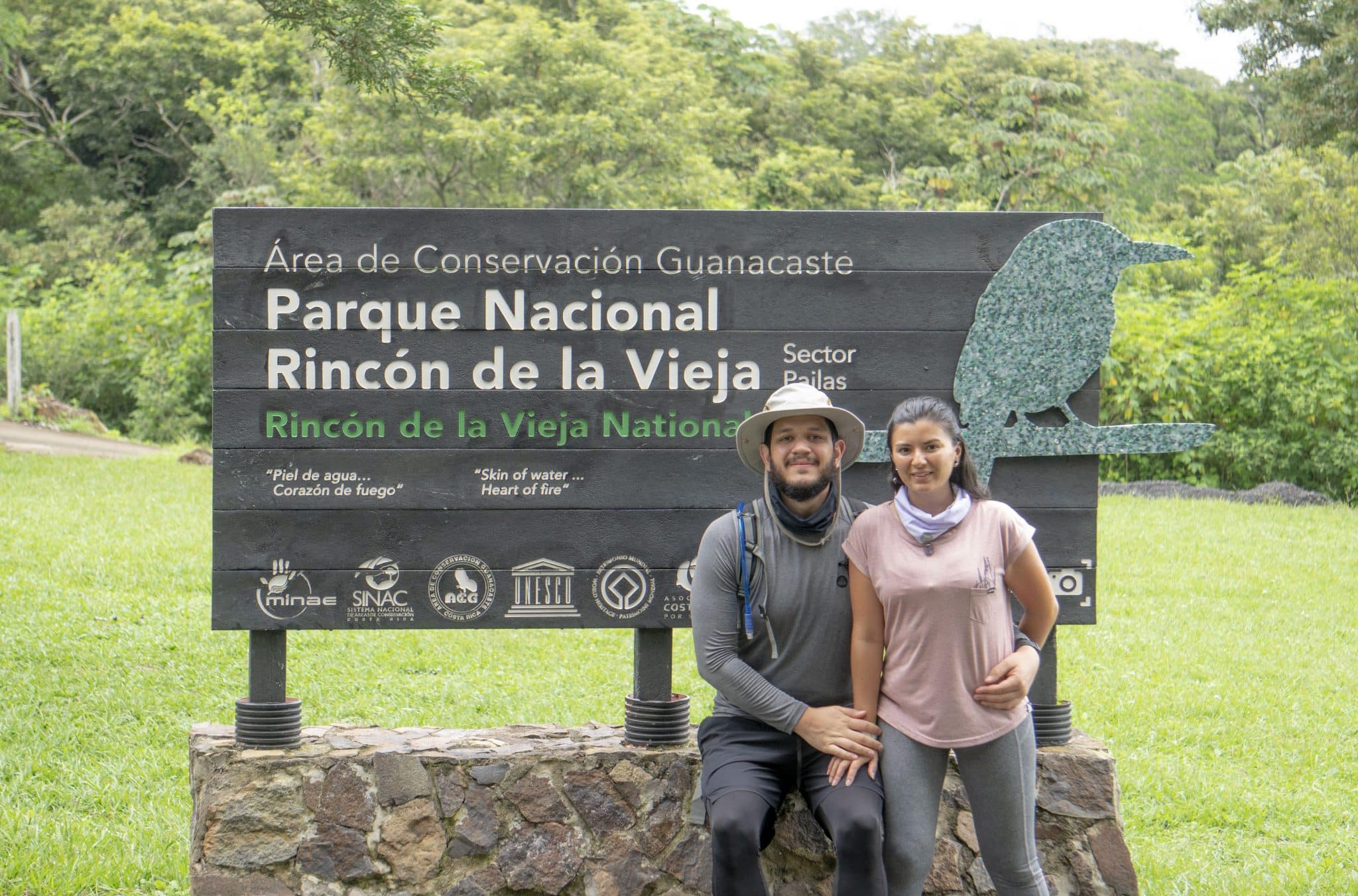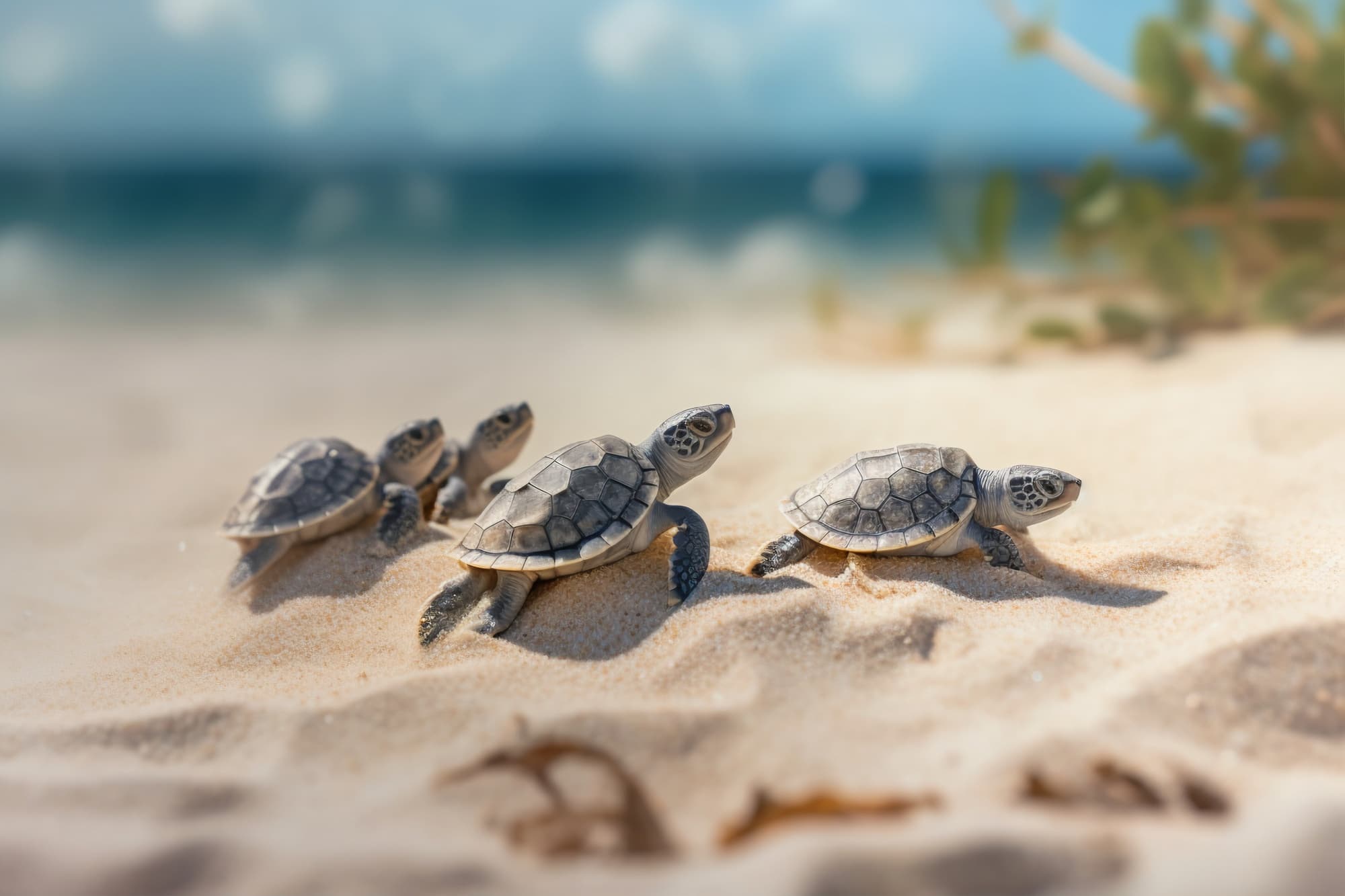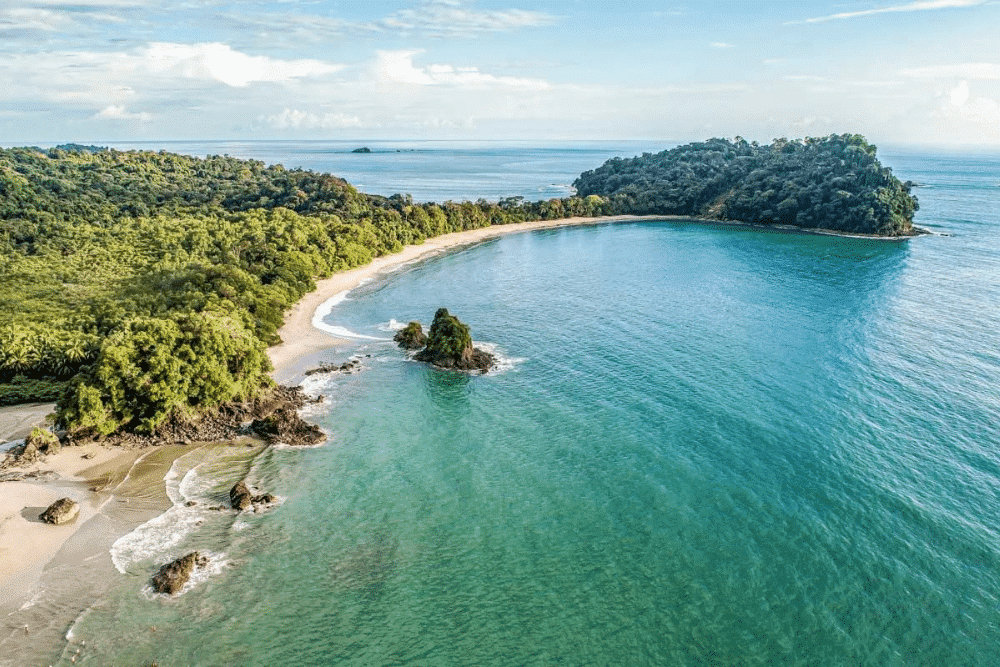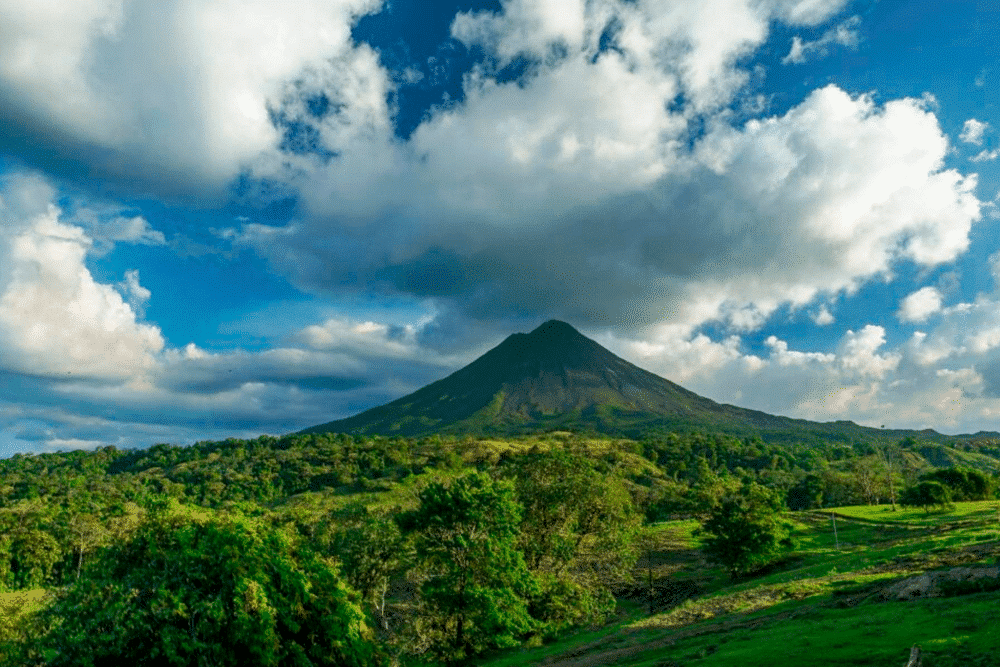[vc_row][vc_column][vc_column_text css=”.vc_custom_1521159492786{margin-bottom: 0px !important;}”]Costa Rica is abundant with beautiful birds, but the Hummingbird may be the most captivating
From the brilliant scarlet macaw to the iconic toucan, thousands of birds of every type, and color, call Costa Rica home. While large, showy birds abound, one of the country’s most captivating birds is one of its smallest- the hummingbird. Flickering throughout the Costa Rican jungle like sunlit jewels, the hummingbird fascinates wildlife enthusiasts from around the world.
More than 50 varieties of hummingbirds live and breed in Costa Rica, and for good reason. The country’s vast abundance of exotic flowers makes it a perfect spot for these tiny birds. While they do eat bugs to balance out their diet, hummingbirds feed primarily on nectar from flowers.
Their small bodies allow them to insert themselves into a flower as easily as a flying insect, and their long, specialized tongues can reach into the flowers’ interior to draw out nectar.
Hummingbirds are indeed some of the world’s most intriguing birds. They have the unique ability to both hover, and fly backwards; they eat half their body weight in food each day; and they have the fastest metabolism of any bird.
However, what most people find fascinating about them is their impossibly small size, and their colorful plumage. Costa Rica’s smallest hummingbird in is the male scintillant, which weighs less than two grams and is no bigger than a large insect. The largest is the violet sabrewing, which weighs in at around 11 grams – about the same as two quarters put together.
Costa Rican hummingbirds display a variety of brilliant colors. The violet sabrewing features a deep purple body and contrasting emerald wings. The coppery-headed Emerald is a vibrant green with a golden head, and the magnificent hummingbird has a silvery-blue throat and a purple crest. The showiest hummingbird, the fiery-throated hummingbird, has an iridescent green body, a dark blue tail, a deep purple chest, a vibrant reddish-gold throat and a stunning blue crown.
Because flowers bloom, fade, and die seasonally, hummingbirds must fiercely defend their food source, and are highly territorial. They are true loners, intermingling only to mate.
Females create nests of twigs, leaves, and other debris, and bind the nest with cobwebs. They lay two eggs, and raise their chicks for about a month. Hummingbirds nest during Costa Rica’s dry season, which runs from November through April, so they are easier to spot in rainy part of the year- just one more great reason to visit during green season!
Hummingbirds are not endangered, and their populations are very high.
Though they can be found throughout the entire country, hummingbirds are most abundant in the lowlands and coastal areas, with only about ten species inhabiting the colder highland regions.
The best places to spot hummingbirds include La Paz Waterfall Gardens, Poas Volcano National Park, the Monteverde Cloud Forest Reserve, in the Santa Elena Forest and the Los Quetzales National Park.
[/vc_column_text][/vc_column][/vc_row][vc_row][vc_column][mk_padding_divider][/vc_column][/vc_row][vc_row fullwidth=”true” fullwidth_content=”false” css=”.vc_custom_1520619632050{background-color: #0e2960 !important;}”][vc_column][vc_wp_text][static_block_content id=”1426″][/vc_wp_text][/vc_column][/vc_row]

